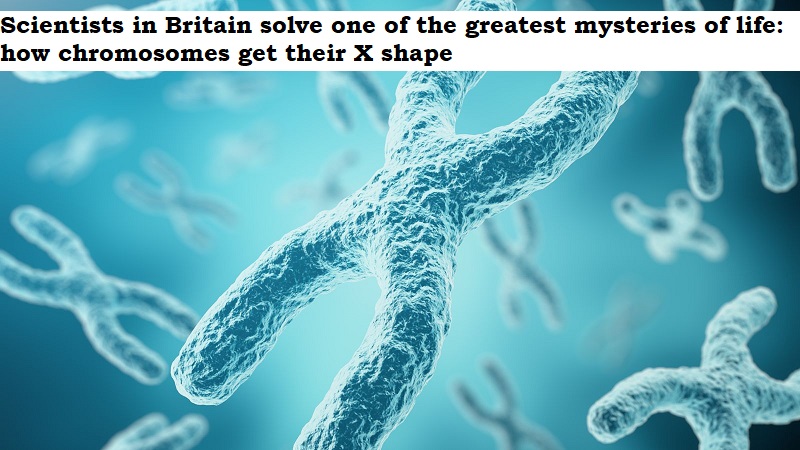
A group of scientists in the United Kingdom have made a breakthrough in understanding how chromosomes obtain their iconic X shape, which has puzzled scientists since their discovery in the 19th century. Chromosomes are structures made up of DNA molecules that contain an organism’s genetic material. Every chromosome must go through or end up with an X shape before cells divide. Until now, it was unclear how this X shape was formed.
The research team discovered that a protein called shugosin is responsible for locking chromosomes into their X shape. Shugosins are proteins that have a specific function to ensure the stability of chromosomes during cell division and are evolutionarily conserved. The breakthrough came from a study led by Professor Daniel Panne from the University of Leicester and Dr. Benjamin Rowland from the Netherlands Cancer Institute. The research has been published in the journal Nature Structural & Molecular Biology.
Dr. Rowland explained that a chromosome consists of two identical long DNA threads that are initially connected along their entire length, with a host of ring-shaped cohesin molecules holding the two threads together. When a cell is about to divide, the cohesin rings open and the DNA’s arms come apart. The researchers found that the protein SGO1, also known as shugosin, locks the cohesin rings, creating the chromosomes’ distinctive X shape.
Professor Panne commented that understanding the process of how the X shape is generated is important, not only for the understanding of the disease when the process goes wrong, but also for the scientific curiosity that has intrigued generations of scientists. He further stated that it is exciting to finally understand at a molecular and atomic level how the X shape of chromosomes during cell division is generated.
The discovery has the potential to be added to biology textbooks worldwide and is a life-defining breakthrough in biology.

Post Your Comments